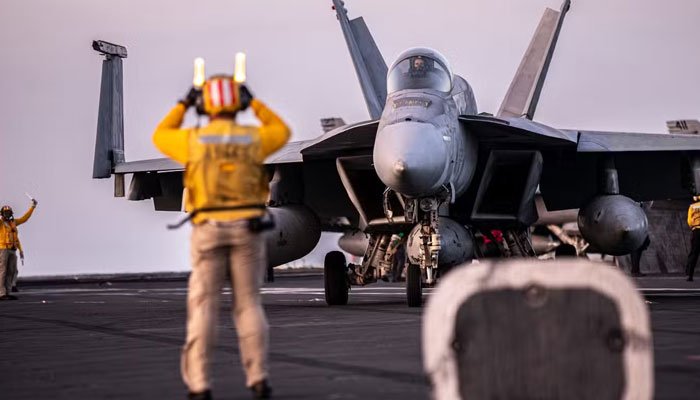World’s Largest Air Forces by Total Numbers of Fighter Jets in 2025. The United States dominates global air power in 2025, operating the world’s largest fleet of fighter jets. While debates continue over which country produces the best fighter aircraft, numbers clearly show the US leads its closest rivals by a significant margin. With the combined strength of the Air Force, Navy, Marines, and Army, the US fields 2,358 fighter jets. China ranks second with 1,975 fighters, followed by Russia with 1,008. India and Japan round out the top five with 542 and 253 fighter jets respectively.
US Airforce Jets!
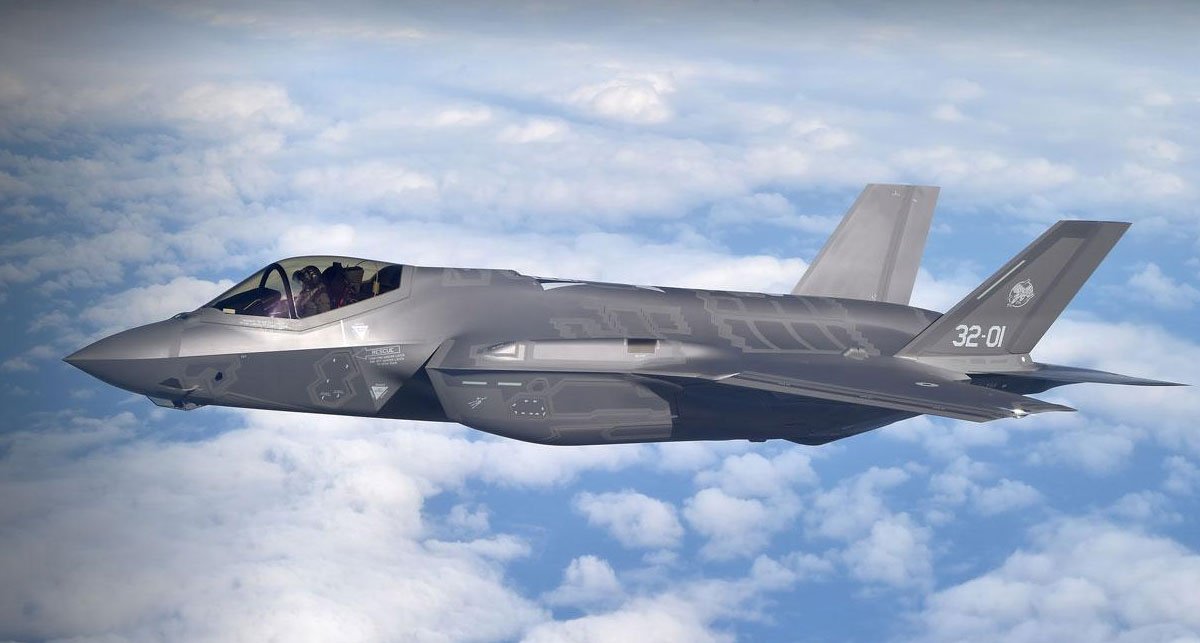
The US maintains a clear advantage in both quantity and quality. Its fleet includes over 1,200 F-35s and nearly 200 F-22 Raptors, giving it the world’s largest arsenal of fifth-generation fighters. These advanced stealth jets define the cutting edge of air combat and outperform their Chinese and Russian counterparts. The F-22 continues to dominate air superiority, while the widespread deployment of the F-35 cements its role as a modern air force’s backbone.
Chinese Airforce Jets!
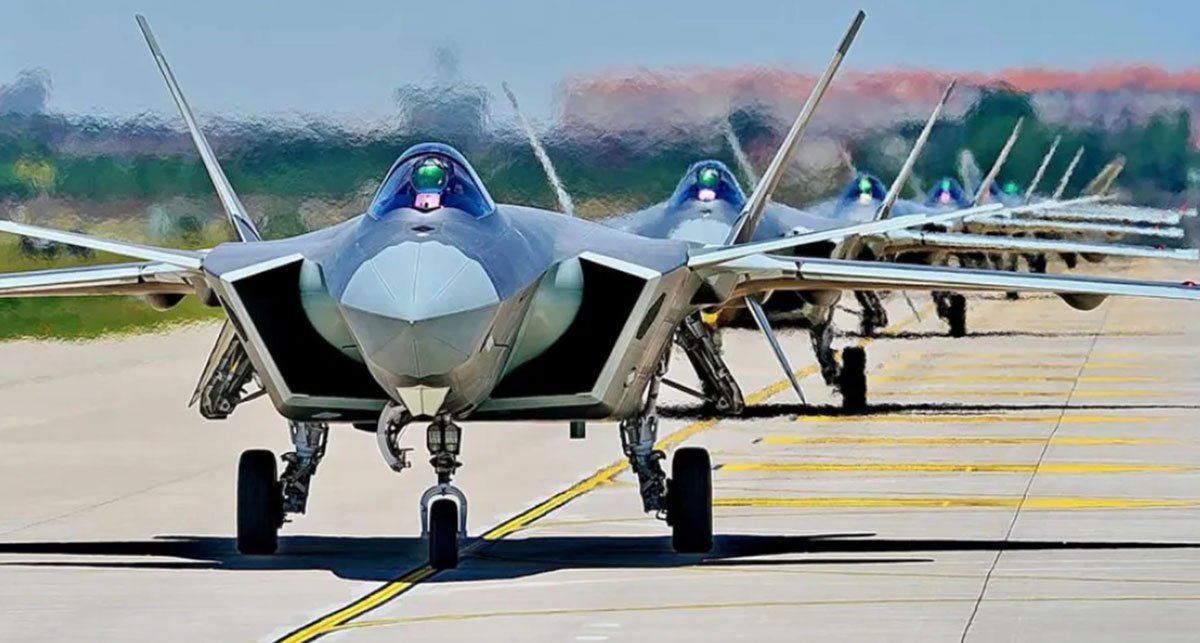
China’s People’s Liberation Army Air Force has expanded rapidly in recent years. It now fields around 200 J-20 stealth fighters and is preparing for mass production of the newer J-35. Despite progress in stealth and avionics, Chinese aerospace still lags in engine technology. However, fighters like the J-10C, J-11, and J-16 give China a strong multirole force.
Russian Airforce Jets!

Russia’s air force blends Cold War-era designs with newer models. The fleet includes MiG-29s, MiG-31s, Su-25s, and Su-27s, alongside advanced fighters such as the Su-30SM2, Su-34, Su-35, and Su-57. Only a limited number of Su-57 Felon jets appear fully mission-ready, with estimates suggesting fewer than a dozen are operational.
Indian Airforce Jets!
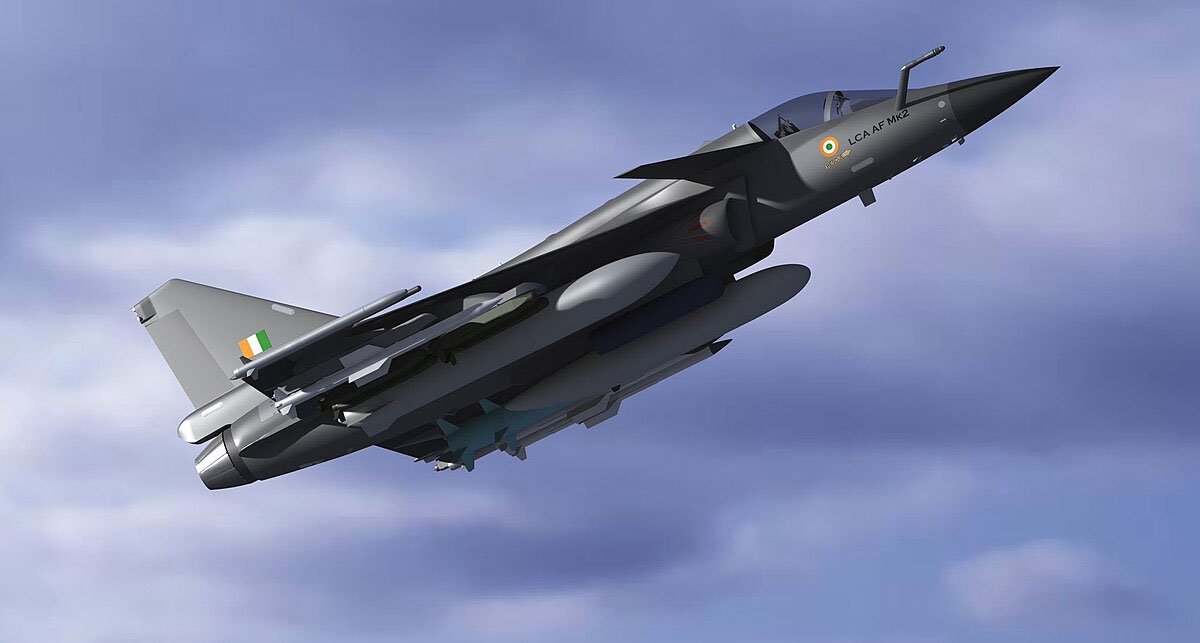
India continues to build and modernize its air force through a mix of imported and domestic platforms. The Su-30MKI and Rafale form the core of its current strength, supported by the indigenous HAL Tejas. Rather than adopting the Su-57, India has focused on developing its own fifth-generation jet under the AMCA program. Talks with Lockheed Martin about producing the F-16V (as the F-21) reflect India’s strategy to balance self-reliance and global collaboration.
Japan Airforce!
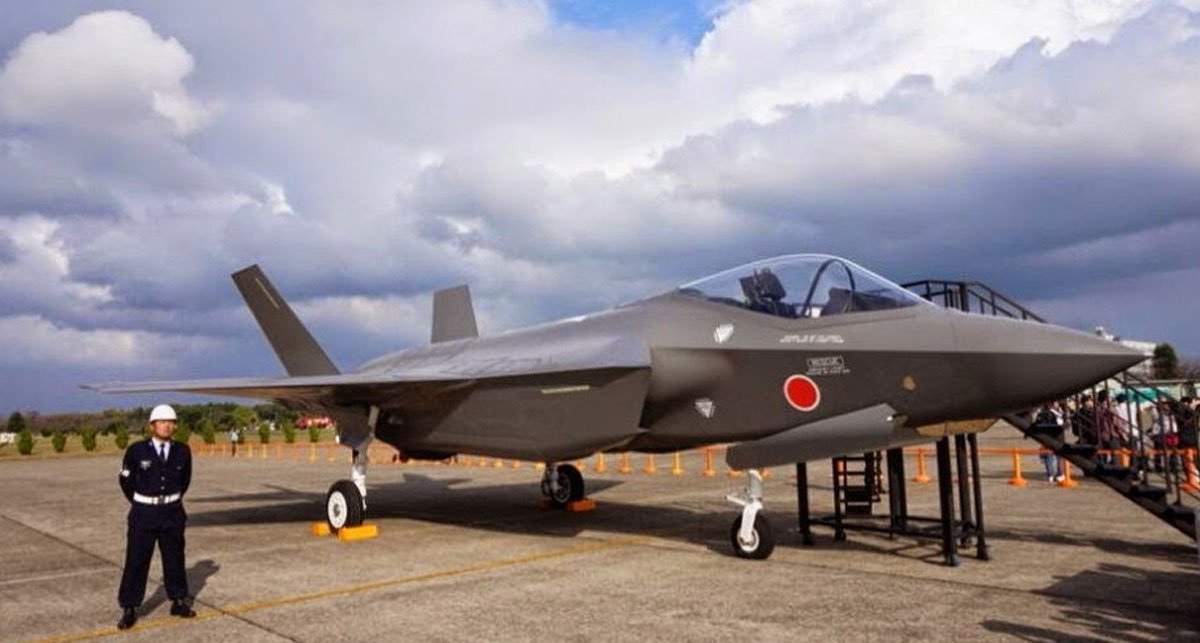
Japan, now fifth in fighter strength, is updating its fleet with 127 F-35A and F-35B stealth fighters. These aircraft will gradually replace older models like the Mitsubishi F-15J and F-2, both based on American designs. Japan’s modernization ensures its air force remains regionally competitive and globally relevant.
The US leads not only in current air power but also in next-generation fighter development. Programs like Boeing’s F-47 NGAD, BAE’s Tempest, and the Franco-German FCAS aim to deliver sixth-generation fighters equipped with AI, drone wingmen, and advanced networking. These jets will offer enhanced stealth, flexibility, and lethal capability in future conflicts.
Aircraft carriers continue to play a pivotal role in 2025. The US Navy operates 451 fighters across its supercarrier fleet, while the Marine Corps adds 297 more. These forces enable unmatched global reach. China and India have expanded their naval air arms, and Japan now equips its assault carriers with F-35Bs. In contrast, Russia lacks a working blue-water carrier, with the Admiral Kuznetsov still inactive.
Fourth- and 4.5-generation jets like the F-15, F-16, Su-30, Rafale, and Typhoon still dominate in numbers and versatility. Modern upgrades such as AESA radars, digital cockpits, and improved munitions allow these fighters to remain mission-relevant despite the emergence of stealthier platforms.
The race for next-generation air dominance emphasizes stealth, hypersonic weapons, artificial intelligence, and modular design. Air forces seek adaptable, networked platforms capable of operating in contested airspace with minimal support. With over 13,000 total military aircraft and a global network of airbases, the United States continues to lead in both technological edge and operational readiness.
